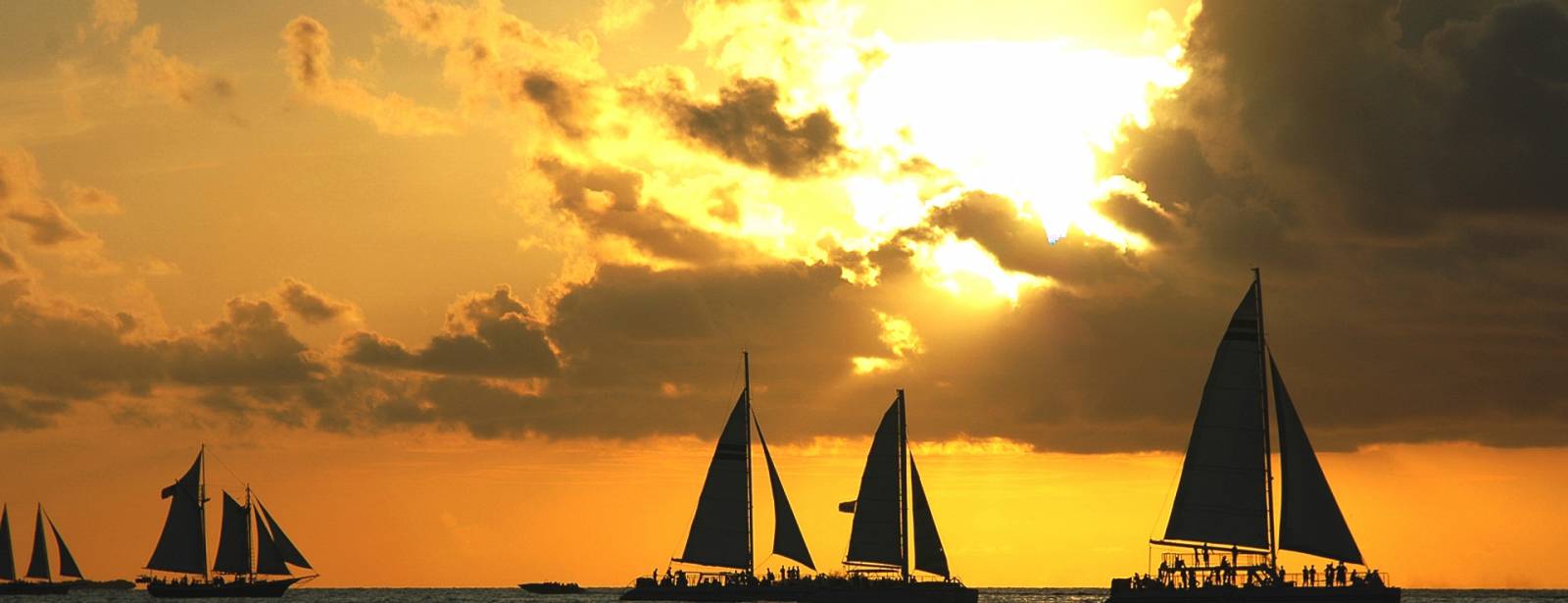Apalachicola Bay Aquatic Preserve
"The Apalachicola River, floodplain and bay comprise one of the most biodiverse and productive riverine and estuarine systems in the northern hemisphere. The historic natural function and cultural heritage of the surrounding communities remain intact much of the way it has been for generations of commercial fishermen on one of Florida's last working waterfronts. This ecosystem and its people are truly an American treasure."
— Dan Tonsmeire, Apalachicola Riverkeeper


